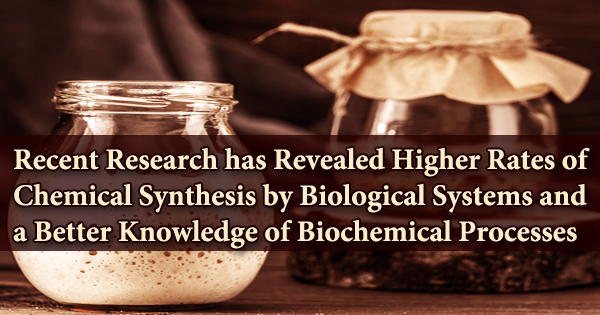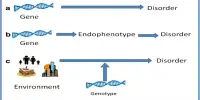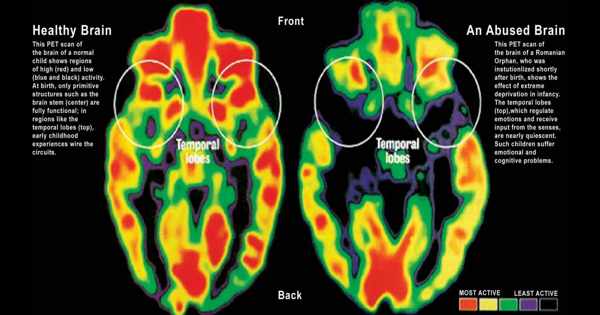The cellular stress response refers to the mechanisms that cells use to adapt and survive in the face of various stressors or challenges. It refers to the wide range of molecular changes that cells undergo in response to environmental stressors such as temperature extremes, toxins, and mechanical damage. Cells are constantly subjected to stressors such as environmental changes, toxins, and fluctuations in nutrient availability, and they have evolved intricate systems to maintain cellular homeostasis and function.
Some viral infections can also trigger cellular stress responses. The various processes involved in cellular stress responses serve the adaptive purpose of protecting a cell against unfavorable environmental conditions, both in the short term through mechanisms that minimize acute damage to the cell’s overall integrity and in the long term through mechanisms that provide the cell with a measure of resiliency against similar adverse conditions.
Here are some key components of the cellular stress response:
- Heat Shock Response: The heat shock response is a well-known cellular stress response. Heat shock proteins (HSPs) are a group of proteins that are upregulated when cells are exposed to high temperatures or other stressors. These proteins aid in the refolding or degradation of damaged proteins, preventing misfolded proteins from aggregating.
- Unfolded Protein Response (UPR): The UPR is activated in the endoplasmic reticulum (ER) in response to an accumulation of unfolded or misfolded proteins. Its goal is to improve protein folding capacity and degrade misfolded proteins in order to restore normal ER function.
- Oxidative Stress Response: Oxidative stress can occur in cells as a result of an imbalance between the production of reactive oxygen species (ROS) and the ability of cells to detoxify them. Antioxidant defense systems, such as enzymes such as superoxide dismutase and catalase, aid in the reduction of oxidative damage.
- DNA Damage Response: Cells activate a DNA damage response when their DNA is damaged by various factors, including radiation, chemicals, or errors during replication. This response involves cell cycle arrest, DNA repair, or, if the damage is severe, initiation of programmed cell death (apoptosis) to prevent the propagation of damaged genetic material.
- Nutrient Sensing Pathways: Cells can sense changes in nutrient availability, and nutrient-sensing pathways such as mTOR (mechanistic target of rapamycin) and AMPK (adenosine monophosphate-activated protein kinase) play crucial roles in regulating cell growth, metabolism, and survival under nutrient stress.
- Autophagy: Autophagy is a cellular process that degrades and recycles damaged or dysfunctional cellular components such as organelles and proteins. It is frequently activated in response to nutrient deprivation or other forms of stress in order to provide the cell with essential building blocks for survival.
- Apoptosis: Apoptosis, also known as programmed cell death, is a controlled and orderly process that rids the body of damaged or unwanted cells. It is a critical component of the cellular stress response, and it serves to remove cells that cannot be repaired or pose a threat to the organism.
The cellular stress response is a highly dynamic and interconnected network of signaling pathways and molecular mechanisms that allow cells to adapt to changing conditions while still functioning normally. Dysfunction in these stress response pathways can contribute to various diseases, including cancer, neurodegenerative disorders, and metabolic diseases.
















